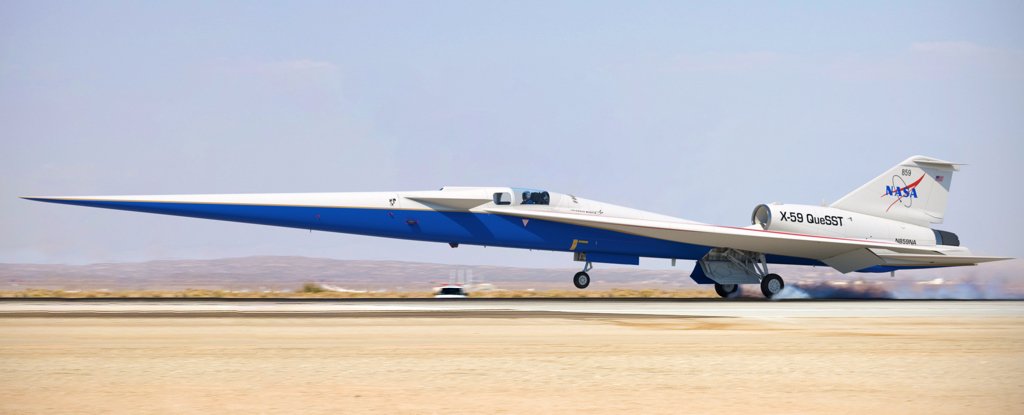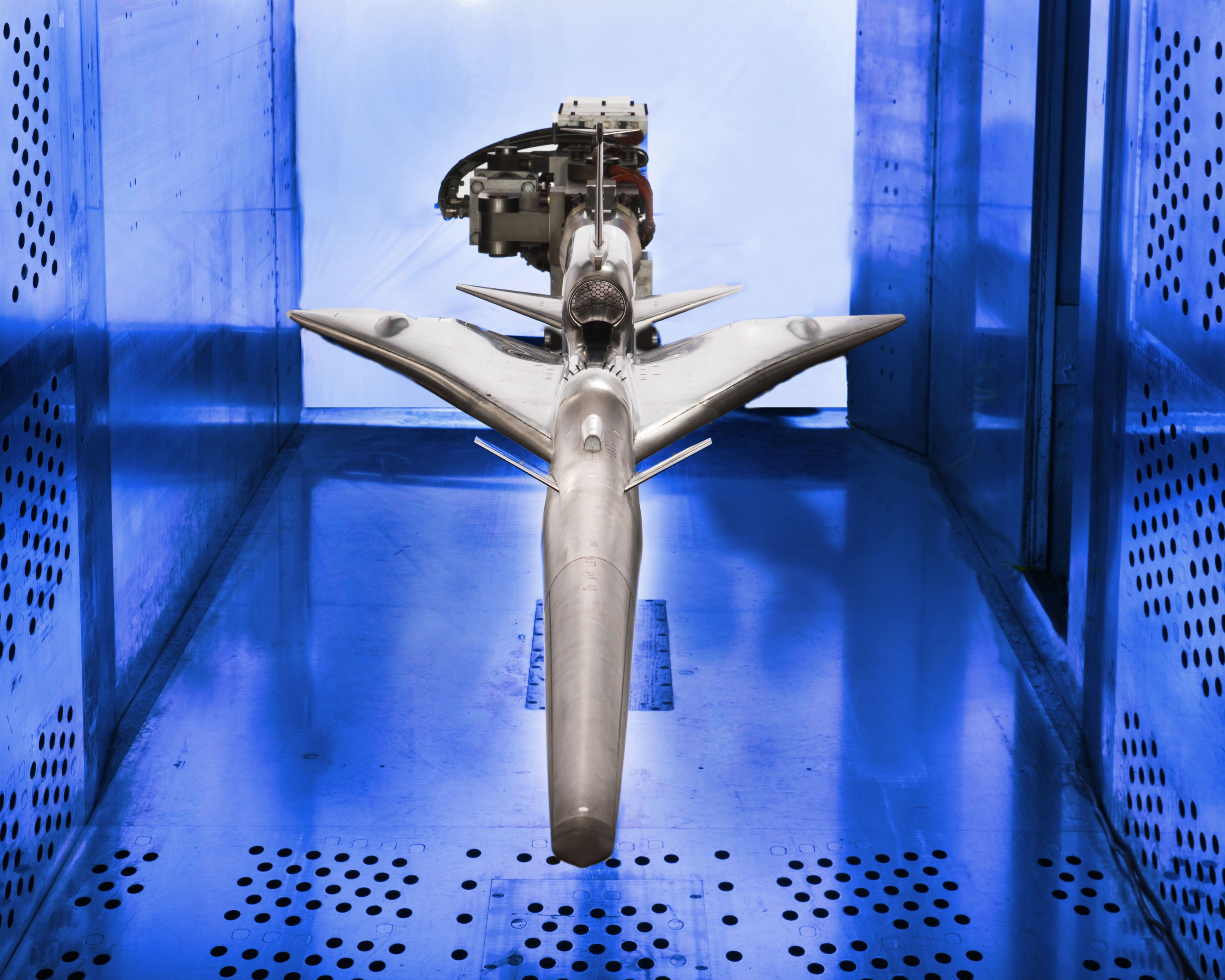Engineers have been making an effort for a decade to manufacture a supersonic jet similar to the Concorde once again. This time, along with the collective efforts of NASA and Lockheed Martin, the X-59 aircraft, which is a supersonic designed aircraft, has successfully cleared the two crucial testing phases. One is a structural proof test which measures the structural strength of the aircraft at supersonic speeds, and the other is a fuel system test which depicts the fuel efficiency of the aircraft. As these tests have been cleared by this supersonic jet, it is now ready for its first flight. The most important specialty of this aircraft is that it produces a “quieter sonic boom” as compared to the Concorde, which, although flying at supersonic speeds, spawned a very loud noise due to the fact that it operated at slow speeds when passing over commercial areas.
On the other hand, this sophisticated X-59 aircraft has the potential to fly over commercial areas at a very high speed (767mph), thus reaching the speed of sound. This is all because of its quieter sonic boom feature. The X-59 Air Vehicle Engineering Lead, Michael Buonanno, says, “Digital engineering has been integral to the design of X-59 since its earliest stages.” Unlike traditional aircraft, where we extensively used wind tunnels to shape and understand the flow around the configuration, we used thousands of computer simulations to characterize the nuance of every single flow feature on the aircraft.”

An important thing to consider is that this “quiet sonic boom” level for this aircraft is achieved through the technique “aeroelastic modeling”. This has helped X-59 to achieve that level that Concorde was unable to reach about 20 to 30 years ago. Tony Delagarza, who is the X-59 finite element analysis lead, said that Concorde could “shatter windows” through its supersonic boom, but that this X-59 aircraft’s supersonic boom is equal to “car door slamming” due to the use of aeroelastic modeling. According to the recent report published by the space agency, “NASA plans to deliver the results of the community overflights to the International Civil Aviation Organization and Federal Aviation Administration in 2027.” With that information in hand, regulators will be able to decide if a change should be made in rules that prohibit supersonic flight over land—a decision that would be expected in 2028.”
In addition to that, the X-59 aircraft is going to take its first flight this year. We are really hoping to see this aircraft in the skies soon and recall the glimpses of Concorde.



